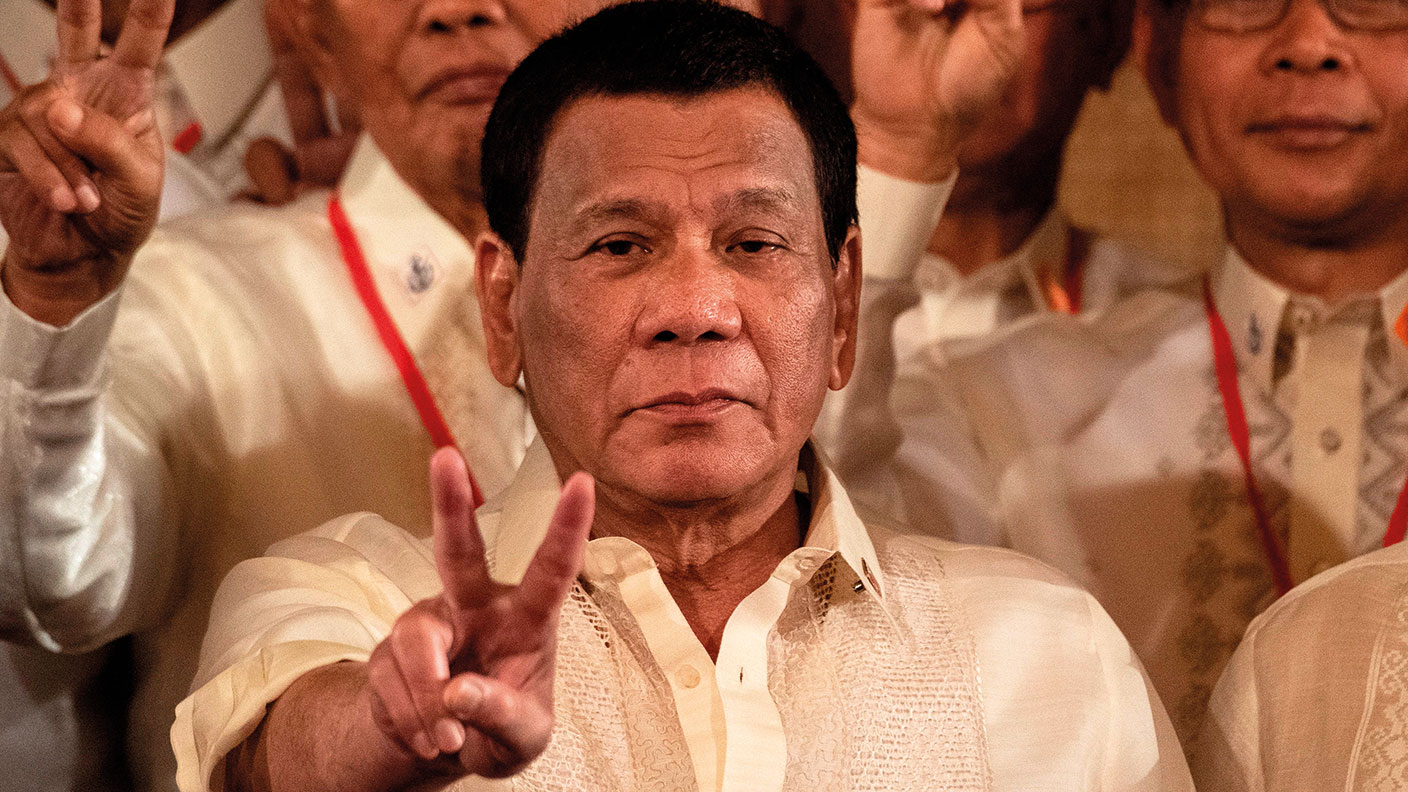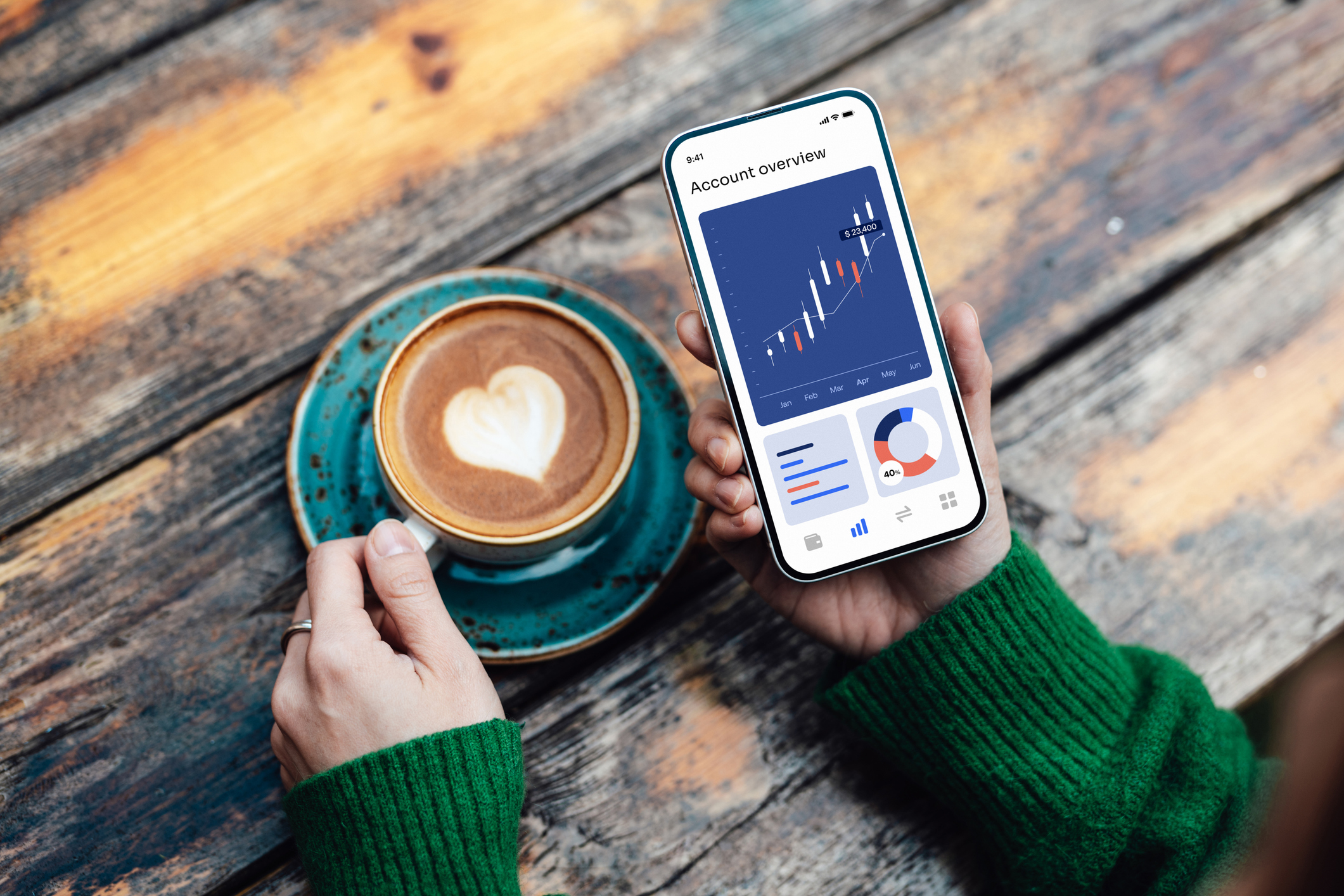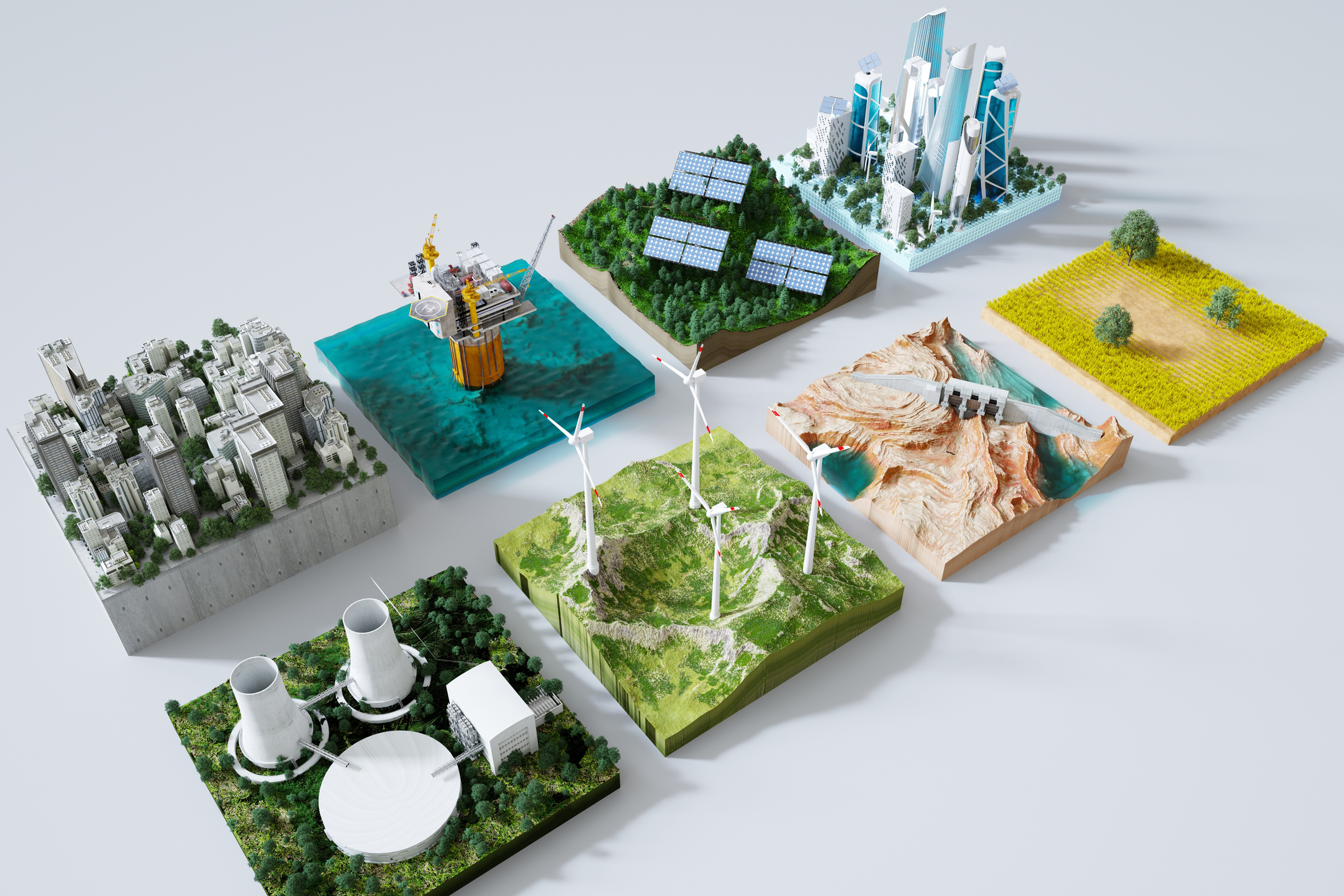The best way to invest in the potential of the Philippines
The Philippines is a country with fast growth, a young population and plenty of domestic demand to offset global trade turbulence. Here's the best way to buy in.

The Philippine casino sector is proving an unexpected beneficiary of the coronavirus outbreak, says the Financial Times. With more Chinese gamblers staying indoors, “Asia’s online gambling hub” is enjoying a boost.
Yet there is more to this 105-million strong economy than big bets and baccarat. The country has since emerged as a significant centre for back-office outsourcing (known as “business process outsourcing”) and high-tech manufacturing thanks to its well-educated, English speaking workforce.
In 2010 it overtook India as the world’s leading supplier of call centres, notes Felipe Salvosa II for India’s ABS-CBN network. That started “the most prosperous” decade that the country has ever seen. Growth in the 2010s averaged 6.3%. Historically reliant on overseas Filipino workers, who sent home an estimated $30bn last year in remittances, the economy has rebalanced and is now generating its own middle-class jobs.
MoneyWeek
Subscribe to MoneyWeek today and get your first six magazine issues absolutely FREE

Sign up to Money Morning
Don't miss the latest investment and personal finances news, market analysis, plus money-saving tips with our free twice-daily newsletter
Don't miss the latest investment and personal finances news, market analysis, plus money-saving tips with our free twice-daily newsletter
Chidu Narayanan of Standard Chartered expects growth to hit 6.3% this year thanks to higher infrastructure investment and domestic consumption. Meanwhile, the central bank cut rates by 0.75% last year, which should bolster private-sector business investment.
Yet rapid growth has caused new problems. The World Economic Forum ranks the Philippines 96th out of 141 countries for the quality of its infrastructure, notes The Economist.
President Rodrigo Duterte has pledged to spent $177bn on new infrastructure such as roads, ports and airports in a policy he dubs “Build, Build, Build”. By 2022 such investment should reach 7% of GDP. A country where residents spend 16 days every year stuck in traffic jams may finally “start to unclog”.
A new crony class?
Massive public infrastructure can invite corruption, warns William Pesek for Nikkei Asian Review. Economists warn that construction contracts could enrich a crony class of “Dutertegarchs”. The country has fallen 14 places in the latest Transparency International corruption perceptions index and is now on a par with Kazakhstan.
This and other concerns about the quality of governance may be weighing on equities. Last year the local PSEi index badly lagged global indices, returning just 4.7%. But on a cyclically-adjusted price/earnings (Cape) ratio of 18.7 the local market is not unduly expensive (India trades on a Cape of 21.7).
That seems a reasonable price to pay to buy into a country with fast growth, a young population and plenty of domestic demand to offset global trade turbulence. The Xtrackers MSCI Philippines UCITS ETF (LSE: XPHI) is therefore worth researching.
Get the latest financial news, insights and expert analysis from our award-winning MoneyWeek team, to help you understand what really matters when it comes to your finances.
Alex is an investment writer who has been contributing to MoneyWeek since 2015. He has been the magazine’s markets editor since 2019.
Alex has a passion for demystifying the often arcane world of finance for a general readership. While financial media tends to focus compulsively on the latest trend, the best opportunities can lie forgotten elsewhere.
He is especially interested in European equities – where his fluent French helps him to cover the continent’s largest bourse – and emerging markets, where his experience living in Beijing, and conversational Chinese, prove useful.
Hailing from Leeds, he studied Philosophy, Politics and Economics at the University of Oxford. He also holds a Master of Public Health from the University of Manchester.
-
 The best and worst performing UK stocks of 2025 as FTSE 100 approaches record year
The best and worst performing UK stocks of 2025 as FTSE 100 approaches record yearThe blue-chip index is heading for another top year despite investors steering clear of UK equity funds
-
 Which sectors are best to invest in for 2026?
Which sectors are best to invest in for 2026?Investment trust portfolio managers give their views on the sectors and regions they expect to outperform in 2026.
-
 Halifax: House price slump continues as prices slide for the sixth consecutive month
Halifax: House price slump continues as prices slide for the sixth consecutive monthUK house prices fell again in September as buyers returned, but the slowdown was not as fast as anticipated, latest Halifax data shows. Where are house prices falling the most?
-
 Rents hit a record high - but is the opportunity for buy-to-let investors still strong?
Rents hit a record high - but is the opportunity for buy-to-let investors still strong?UK rent prices have hit a record high with the average hitting over £1,200 a month says Rightmove. Are there still opportunities in buy-to-let?
-
 Pension savers turn to gold investments
Pension savers turn to gold investmentsInvestors are racing to buy gold to protect their pensions from a stock market correction and high inflation, experts say
-
 Where to find the best returns from student accommodation
Where to find the best returns from student accommodationStudent accommodation can be a lucrative investment if you know where to look.
-
 The world’s best bargain stocks
The world’s best bargain stocksSearching for bargain stocks with Alec Cutler of the Orbis Global Balanced Fund, who tells Andrew Van Sickle which sectors are being overlooked.
-
 Revealed: the cheapest cities to own a home in Britain
Revealed: the cheapest cities to own a home in BritainNew research reveals the cheapest cities to own a home, taking account of mortgage payments, utility bills and council tax
-
 UK recession: How to protect your portfolio
UK recession: How to protect your portfolioAs the UK recession is confirmed, we look at ways to protect your wealth.
-
 Buy-to-let returns fall 59% amid higher mortgage rates
Buy-to-let returns fall 59% amid higher mortgage ratesBuy-to-let returns are slumping as the cost of borrowing spirals.